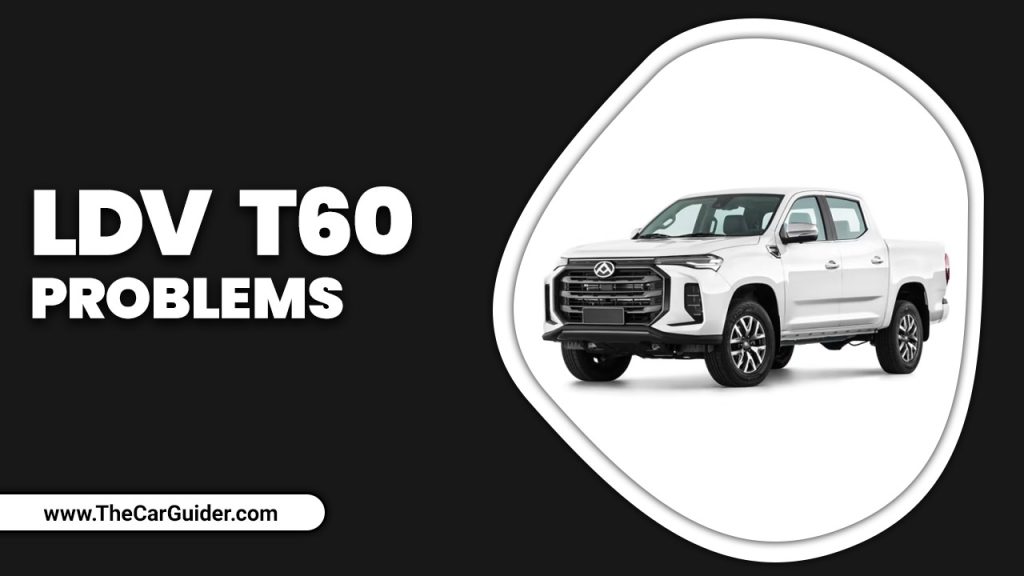The LDV T60 is a popular pickup truck with a reputation for its impressive performance and sleek design. However, like any vehicle, it is not exempt from encountering issues.
In recent years, there have been numerous reports of LDV T60 owners experiencing problems with their vehicles, ranging from mechanical malfunctions to electrical issues. As such, it is important to address these LDV T60 problems and provide a comprehensive overview of the issues that have been reported.
Here, we will delve into the common issues that LDV T60 owners may encounter and provide professional solutions to address these concerns effectively. So, if you’re a proud owner of this vehicle or are considering purchasing one, buckle up as we navigate through the challenges and solutions for the LDV T60.
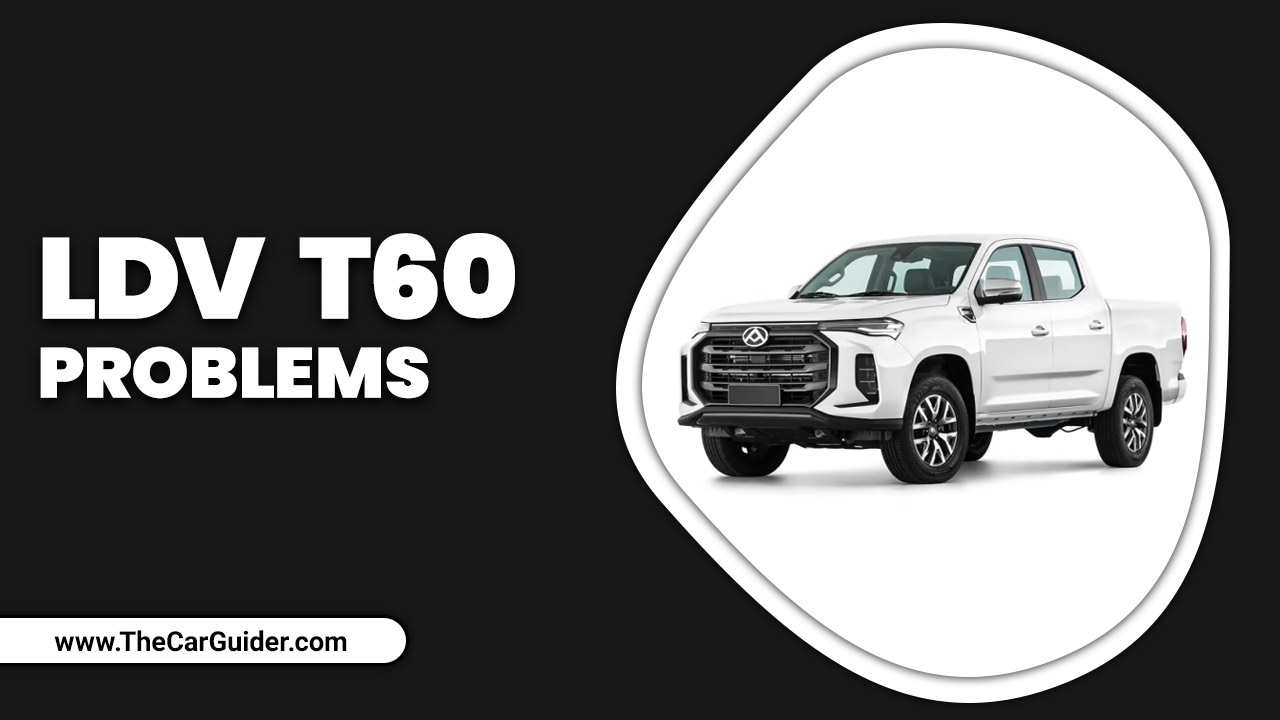
LDV T60 Problems With Easy Solutions Guideline
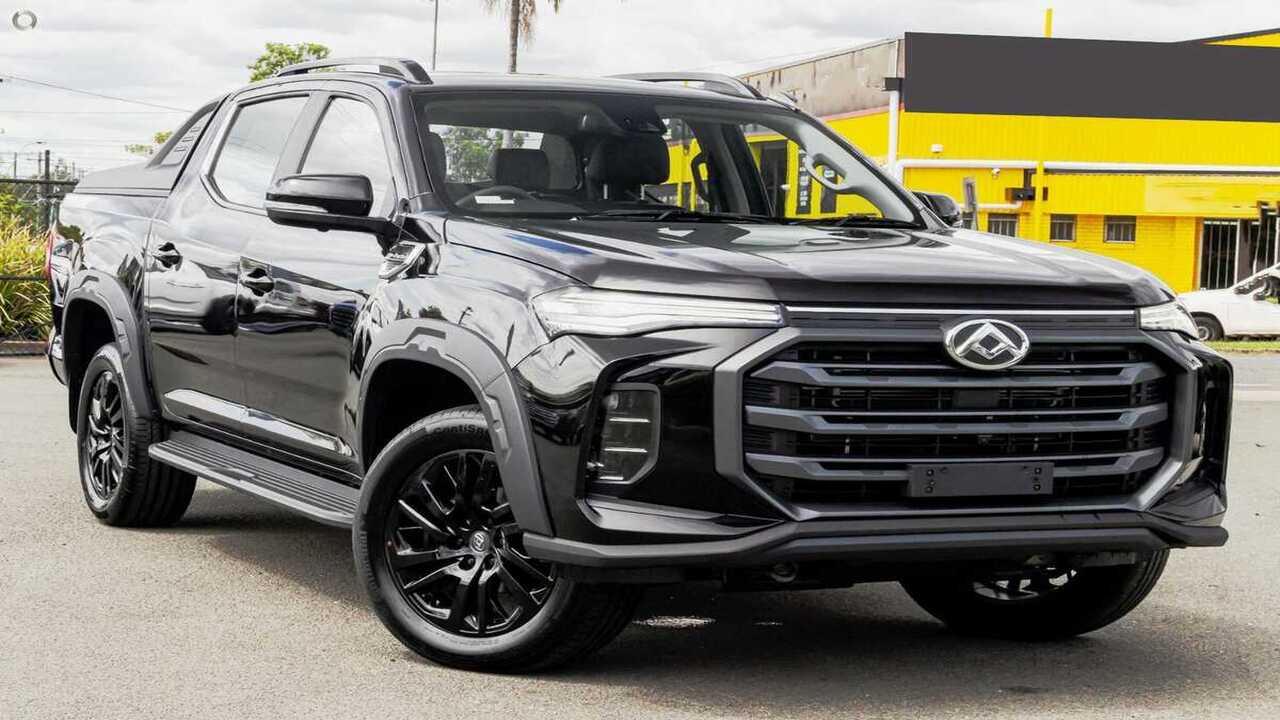
Identifying issues with the LDV T60 is crucial for effective problem-solving. Understanding these problems is key to finding viable solutions, which should involve seeking practical and lasting remedies.
Proactive measures are necessary to address LDV T60 problems, and resolving them requires comprehensive and sustainable approaches. These problems have caused frustration and inconvenience for many owners, leading to a growing concern among potential buyers.
Problem1:Faulty Sensors And Warning Lights
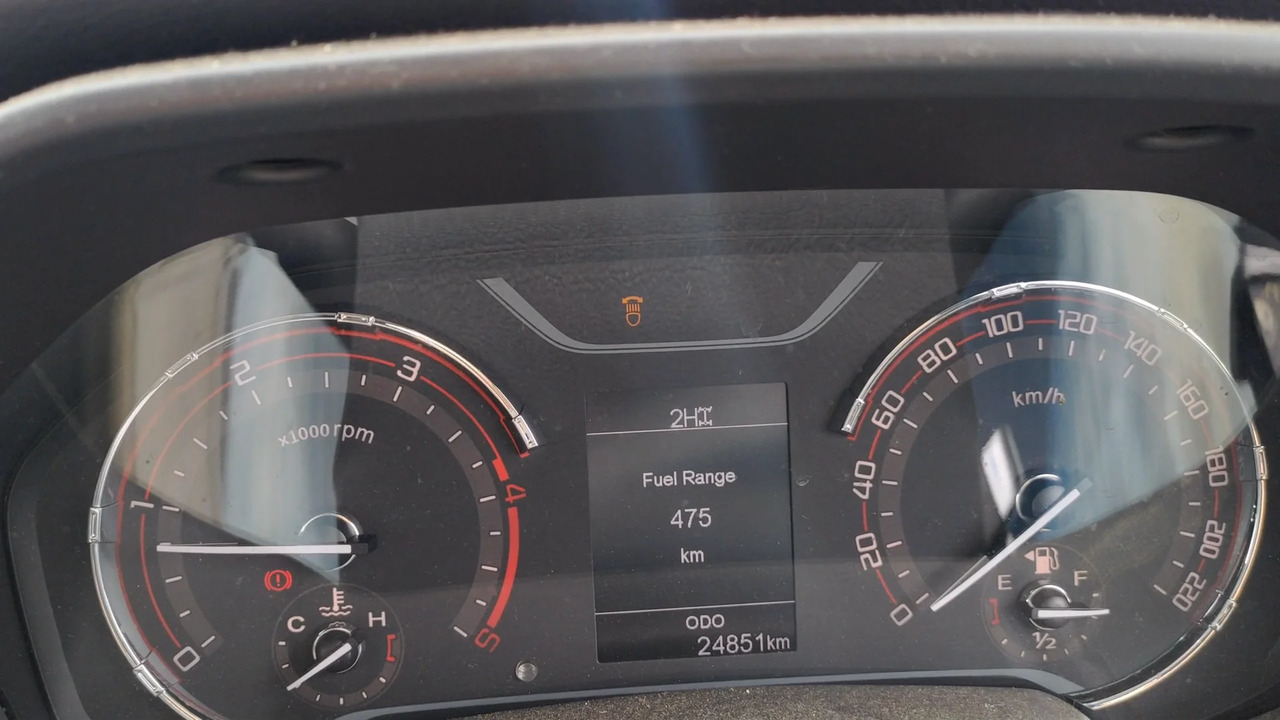
Signs
- Illuminated Warning Lights
- Erratic Gauge Behavior
- Poor Engine Performance
- Inconsistent Fuel Economy
- Transmission Issues
- Starting Problems
- Unusual Sounds
- Decreased Battery Life
- Unexpected Activation of Safety Features
Causes
- Wiring Issues
- Sensor Malfunction
- Software Glitches
- Battery Problems
- Connector Issues
- Environmental Factors
- Aftermarket Modifications
- Electronic Control Unit (ECU) Failures
Solutions
- Reset the ECU:
- Please remove the battery from its connection for approximately 15 minutes.
- To reset the ECU, reconnect the battery.
- Check and Replace Faulty Sensors:
- Utilize an OBD-II scanner to pinpoint and diagnose sensor malfunctions.
- Ensure that all connections are tightly secured and replace any wiring that is found to be damaged.
- Inspect Wiring and Connections:
- Inspect the wiring and connections for any indications of being loose, corroded, or harmed.
- Make sure all connections are secure and fix or swap out any wiring that is damaged.
- Update Vehicle Software:
- Make sure to go to an authorized service centre to see if there are any software updates available.
- Update the software in the vehicle to the most recent version.
- Clean Sensors:
- Clean the MAF sensor and any other sensors that may be dirty or clogged.
- Use appropriate cleaning agents to avoid damage.
- Replace Fuses and Relays:
- Inspect the vehicle’s fuse box for blown fuses or faulty relays.
- Replace any damaged fuses or relays to restore proper function.
- Battery Check:
- Ensure the battery is fully charged and in good condition.
- Replace the battery if it is old or unable to hold a charge.
- Seek Professional Diagnosis:
- Consult a certified mechanic for a thorough diagnostic check.
- Follow their recommendations for any complex or persistent issues.
Problem2:Decreased Engine Performance
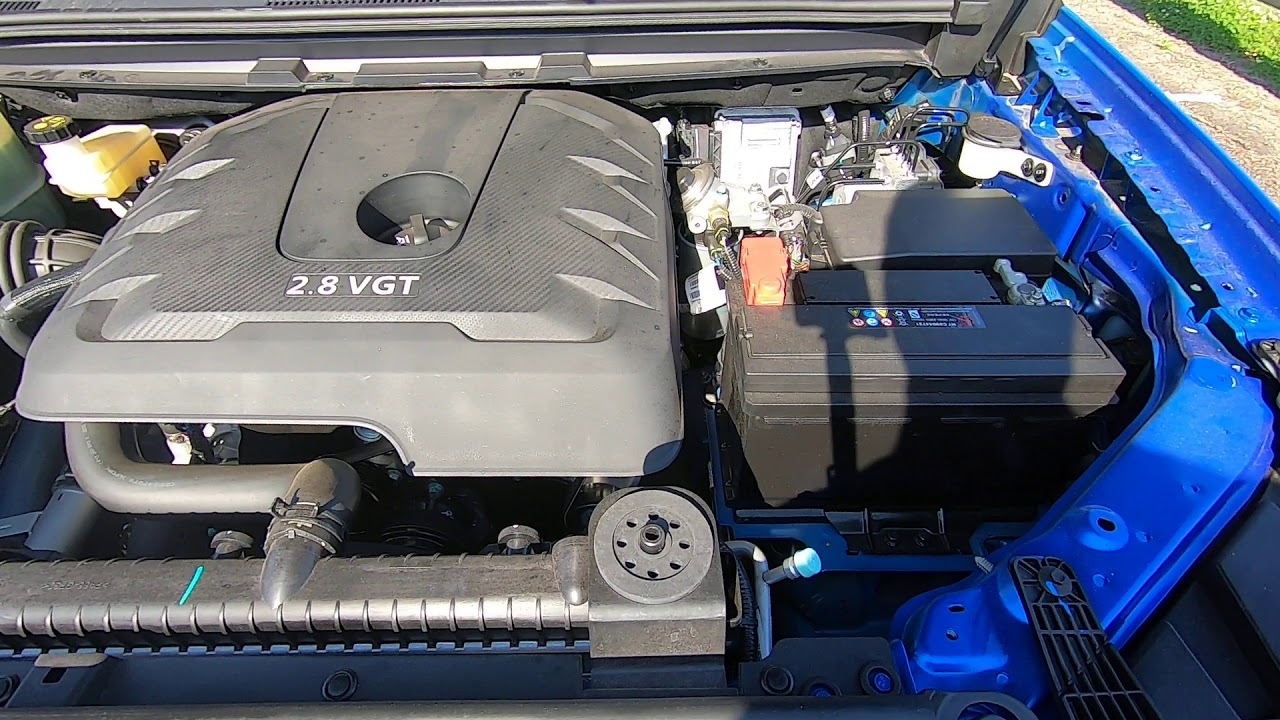
Signs
- Reduced Acceleration
- Poor Fuel Efficiency
- Rough Idling
- Engine Misfires
- Loss of Power
- Warning Lights
- Unusual Noises
- Excessive Exhaust Smoke
- Stalling
- Difficulty Starting
Causes
- Turbocharger Issues
- Fuel System Problems
- Air Intake Issues
- Exhaust System Blockages
- Ignition System Problems
- Sensor Malfunctions
- Transmission Issues
- Vacuum Leaks
- Overheating
- Poor Quality Fuel
Solutions
- Fuel System Cleaning:
- Use a high-quality fuel system cleaner to remove deposits from fuel injectors and intake valves.
- Ensure the fuel filter is clean and replace it if it’s clogged or dirty.
- Check Turbocharger:
- Inspect the turbocharger for signs of wear or damage.
- Clean or replace the turbocharger if necessary.
- Check for oil leaks and ensure the turbocharger is adequately lubricated.
- Inspect Air Intake System:
- Check for any blockages or leaks in the air intake system.
- Ensure the air filter is clean and replace it if it’s dirty or clogged.
- Check for Exhaust Restrictions:
- Inspect the exhaust system for blockages or damage.
- Ensure the catalytic converter and muffler are functioning correctly.
- Examine Sensors and Electronic Controls:
- Use an OBD-II scanner to check for any error codes related to engine performance.
- Replace faulty sensors such as the oxygen, MAF (Mass Air Flow), or throttle position sensors.
- Inspect Spark Plugs and Ignition System:
- Check the condition of spark plugs and replace them if worn or fouled.
- Ensure the ignition coils and wires are in good condition and replace them if necessary.
- Monitor Fuel Quality:
- Use high-quality fuel to prevent contaminants from affecting engine performance.
- Avoid using old or contaminated fuel.
- Check Engine Compression:
- Perform a compression test to ensure the engine cylinders are in good condition.
- Address any issues with compression by consulting a professional mechanic.
- Update Engine Software:
- Ensure the engine control unit (ECU) software is up-to-date.
- Visit an authorized service center for any necessary software updates.
Problem3:Uncomfortable Ride
Signs:
- Excessive bouncing or swaying while driving.
- Noticeable vibrations through the steering wheel or seats.
- Uneven tire wear.
- Noises from the suspension, such as clunking or squeaking.
- Difficulty maintaining control over rough or uneven roads.
Causes:
- Worn Suspension Components
- Improper Tire Pressure
- Wheel Alignment Issues
- Damaged or Worn Tires
- Faulty Wheel Bearings
- Inadequate Suspension Settings
Solutions:
- Replace Worn Suspension Components:
- Inspect and replace worn-out shock absorbers, struts, and springs.
- Ensure Proper Tire Pressure:
- Check and adjust tire pressure to the manufacturer’s recommended levels.
- Perform Wheel Alignment:
- Get a professional wheel alignment to correct misalignment issues.
- Inspect and Replace Tires:
- Check for uneven wear or damage and replace tires as necessary.
- Check and Replace Wheel Bearings:
- Inspect wheel bearings for wear and replace them if needed.
- Adjust Suspension Settings:
- Consult a professional to adjust the suspension settings for optimal comfort.
- Upgrade Suspension System:
- Consider upgrading to higher-quality suspension components for better ride comfort.
Problem4:Difficulty Shifting Gears
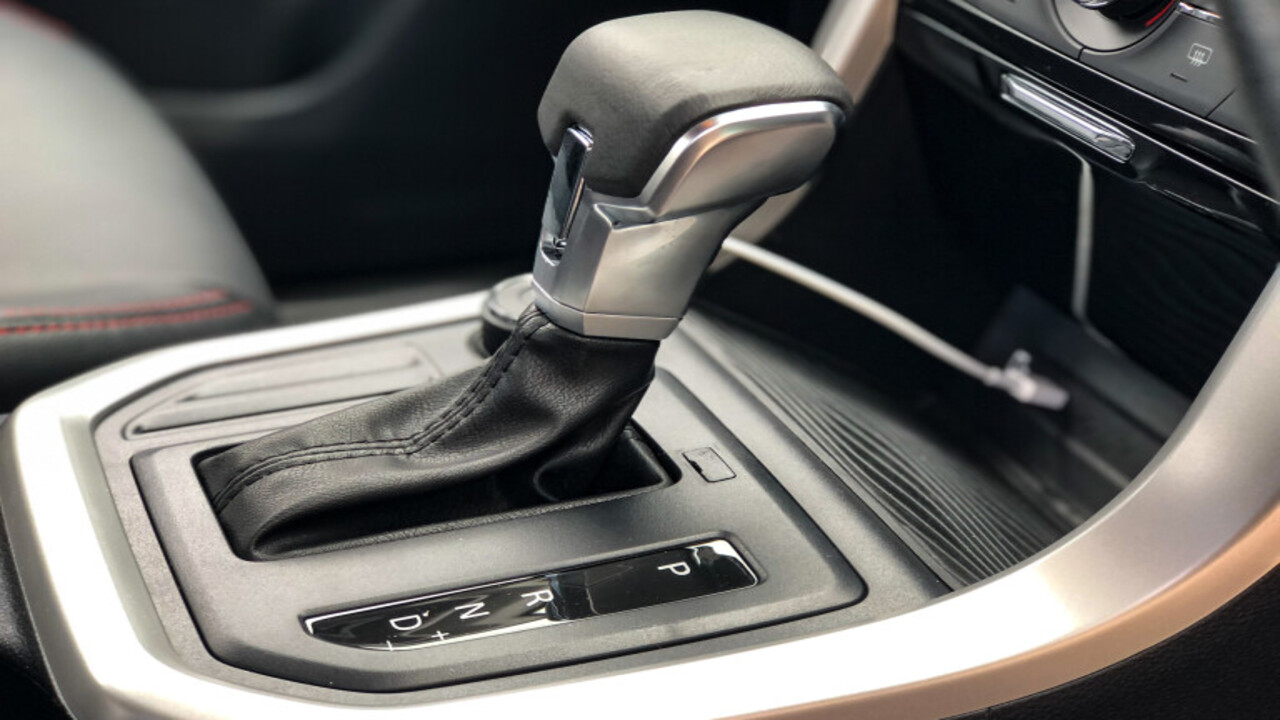
Signs:
- Grinding Noise
- Delayed Shifting
- Gear Slippage
- Hard Shifting
- Transmission Warning Light
Causes:
- Low Transmission Fluid
- Worn Clutch
- Faulty Transmission Control Module (TCM)
- Worn Synchronizers
- Damaged Gear Linkage
- Contaminated Transmission Fluid
- Hydraulic System Problems
Solutions:
- Check and Change Transmission Fluid:
- Regularly check the fluid level and quality.
- Replace old or contaminated transmission fluid.
- Inspect and Replace Clutch Components:
- Examine the clutch for wear and tear.
- Replace worn-out clutch parts as needed.
- Reset or Replace the TCM:
- Have the TCM inspected by a professional.
- Reset or replace the TCM if it is faulty.
- Replace Worn Synchronizers:
- Have a mechanic inspect the synchronizers.
- Replace any worn or damaged synchronizers.
- Repair or Adjust Gear Linkage:
- Check the gear linkage for damage or misalignment.
- Repair or adjust the linkage to ensure proper gear engagement.
- Flush the Transmission System:
- Perform a transmission flush to remove old fluid and contaminants.
- Inspect the Hydraulic System:
- Check for leaks or issues in the hydraulic system.
- Repair or replace faulty hydraulic components.
Problem5:Battery Losing Charge Quickly
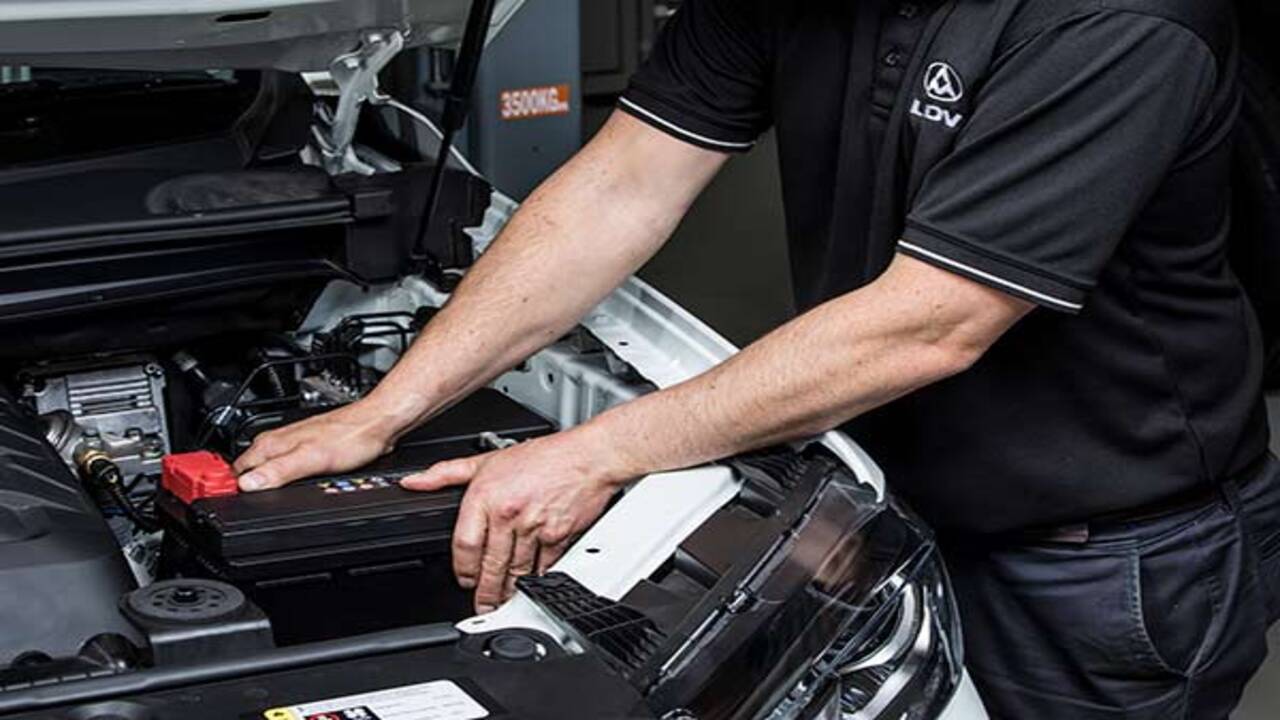
Signs:
- Difficulty Starting
- Dimming Lights
- Electrical Malfunctions
- Battery Warning Light
Causes:
- Faulty Battery
- Parasitic Drain
- Charging System Issues
- Electrical Shorts
- Extreme Temperatures
Solutions:
- Parasitic Drain Detection:
- A multimeter measures the current draw when the vehicle is turned off.
- Identify and address any components causing excessive parasitic drain.
- Charging System Inspection:
- Test the alternator output and voltage regulator functionality.
- Repair or replace any faulty charging system components as necessary.
- Electrical System Check:
- Inspect wiring harnesses, connectors, and electrical components for damage or corrosion.
- Repair or replace any damaged components to prevent electrical shorts.
- Climate Considerations:
- Park the vehicle in a garage or shaded area during hot weather to reduce battery strain.
- Use a battery blanket or heater during cold weather to maintain optimal performance.
- Battery Replacement:
- Replace the battery with a new one if it is old or unable to hold a charge effectively.
- Ensure the replacement battery meets the vehicle’s specifications.
Problem6:Brake Pads Wearing Out Quickly
Signs:
- Squealing or Grinding Noises
- Reduced Braking Performance
- Visible Wear
Causes:
- Aggressive Driving Habits
- Driving Conditions
- Poor Quality Brake Pads
- Faulty Brake Components
Solutions:
- Choose Quality Brake Pads
- Drive Conservatively
- Inspect the Brake System Regularly
- Replace Worn Components
- Use Proper Braking Technique
- Consider Upgrading the Brake System
Problem7:AC Not Cooling Effectively
Signs:
- Weak or insufficient airflow from the vents.
- The air conditioner blows warm or hot air.
- Inconsistent cooling, with temperature fluctuations inside the vehicle.
- Unusual noises are coming from the AC system.
Causes:
- Low refrigerant levels due to leaks in the AC system.
- Clogged or dirty air filters restrict airflow.
- Malfunctioning compressor or compressor clutch.
- Faulty blower motor or fan.
- Damaged or worn-out AC condenser.
- Electrical issues such as blown fuses or faulty wiring.
Solutions:
- Recharge Refrigerant:
- Consult a professional to check refrigerant levels and recharge if necessary.
- Repair any leaks in the AC system to prevent further refrigerant loss.
- Clean or Replace Air Filters:
- Regularly inspect and clean or replace air filters to ensure proper airflow.
- Dirty filters can restrict airflow and decrease cooling efficiency.
- Check Compressor and Clutch:
- Have a mechanic inspect the compressor and clutch for signs of damage or wear.
- Replace any faulty components to restore proper operation.
- Inspect Blower Motor and Fan:
- Check for proper operation of the blower motor and fan.
- Replace any malfunctioning parts to improve airflow.
- Test and Repair AC Condenser:
- Inspect the AC condenser for damage or debris blocking airflow.
- Clean or repair the condenser as needed or replace it if damaged.
- Check Electrical Components:
- Inspect fuses and wiring for signs of damage or corrosion.
- Replace any blown fuses and repair faulty wiring to ensure proper electrical connection.
- Professional Diagnosis:
- If the issue persists after basic troubleshooting, seek a professional diagnosis from a certified mechanic.
- They can thoroughly inspect and identify any underlying problems with the AC system.
Problem8:Poor Fuel Efficiency
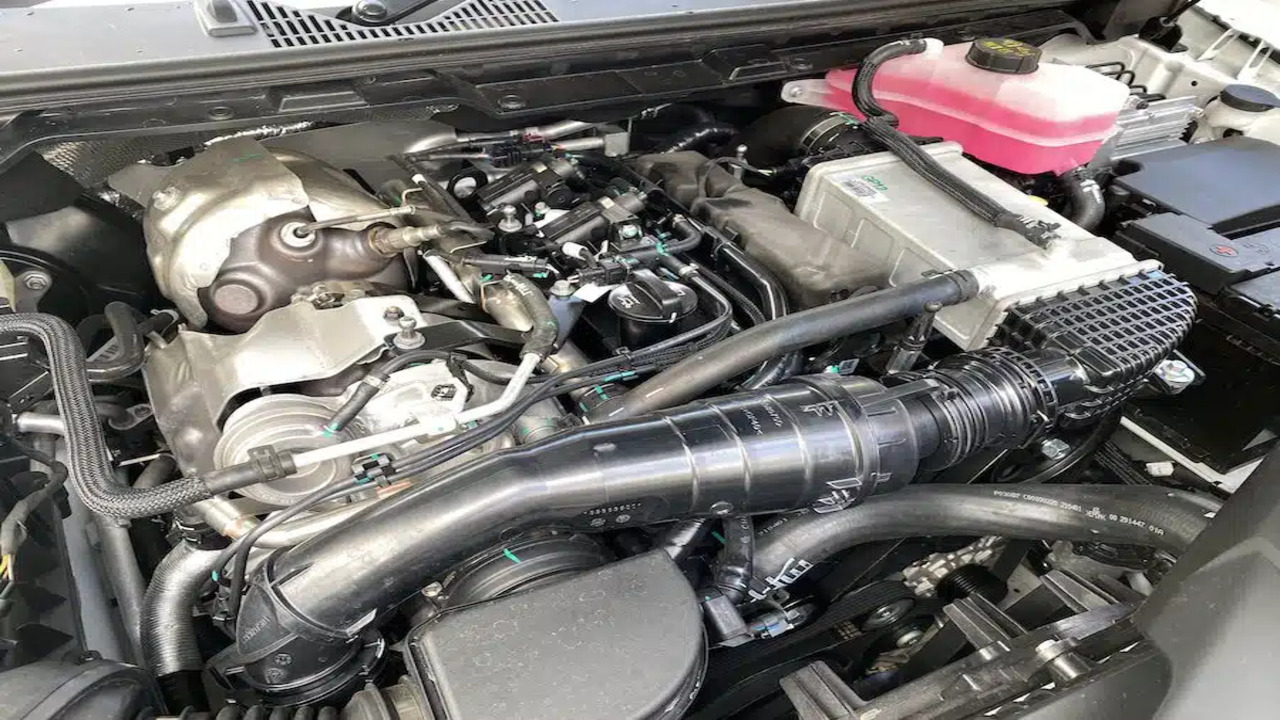
Signs
- Decreased miles per gallon (MPG) compared to usual.
- Higher fuel consumption without apparent reason.
- Noticeable decrease in driving range per tank.
Causes
- Overuse or malfunction of the air conditioning system.
- Faulty components in the AC system lead to increased engine load.
- Inefficient cooling due to refrigerant leaks or low refrigerant levels.
- Poor maintenance leads to reduced AC system efficiency.
Solutions:
Reduce AC Usage:
- Limit the use of the air conditioning system to essential times.
- Opt for natural ventilation whenever possible to reduce strain on the engine.
AC System Inspection:
- Have the AC system inspected by a qualified technician.
- Check for leaks, worn-out components, or faulty seals affecting efficiency.
Refrigerant Recharge:
- Recharge the refrigerant if levels are low.
- Ensure proper refrigerant levels for optimal cooling performance.
Component Repair or Replacement:
- Repair or replace any faulty components identified during inspection.
- This may include compressor, condenser, evaporator, or hoses.
Regular Maintenance:
- Schedule regular maintenance for the AC system.
- Clean or replace air filters, check belts and hoses, and perform system checks as the manufacturer recommends.
Fuel Efficiency Monitoring:
- Monitor fuel efficiency regularly to identify any sudden drops.
- Address any issues promptly to prevent further fuel wastage.
Problem9:Infotainment System
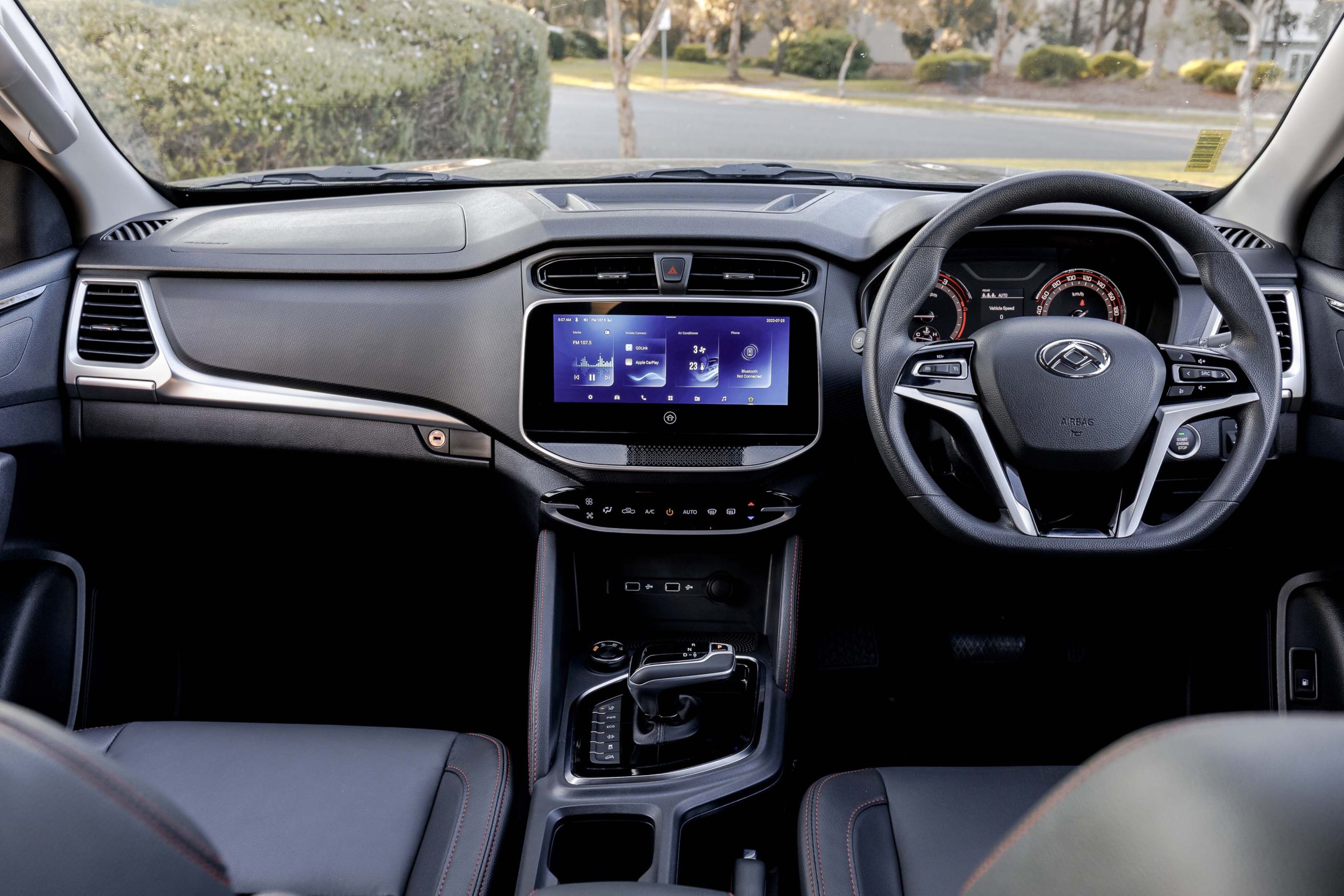
Signs
- Unresponsive touchscreen
- Freezing or crashing of the system
- Loss of audio or video functionality
- Error messages displayed on the screen
Causes
- Software glitches or bugs
- Electrical faults or wiring issues
- Hardware malfunctions (e.g., faulty screen or control unit)
- Connectivity problems with external devices (e.g., smartphones, USB drives)
Solutions
a. Software Update:
- Check for and install any available software updates for the infotainment system.
- Updates may address known bugs or compatibility issues.
b. Reset System:
- Perform a system reset by disconnecting the vehicle’s battery for a few minutes.
- Reconnect the battery to reset the system and clear temporary glitches.
c. Check Connections:
- Inspect the wiring and connections related to the infotainment system.
- Ensure all connections are secure and free from damage.
d. Test External Devices:
- Disconnect and reconnect any external devices connected to the infotainment system (e.g., Bluetooth devices, USB drives).
- Test the system with different devices to identify if the issue is specific to one device.
e. Consult Professional Assistance:
- If the above solutions do not resolve the issue, seek assistance from a certified mechanic or dealership.
- They can perform a thorough diagnostic check and recommend further troubleshooting steps or repairs.
Problem10:Rust On The Body Or Undercarriage
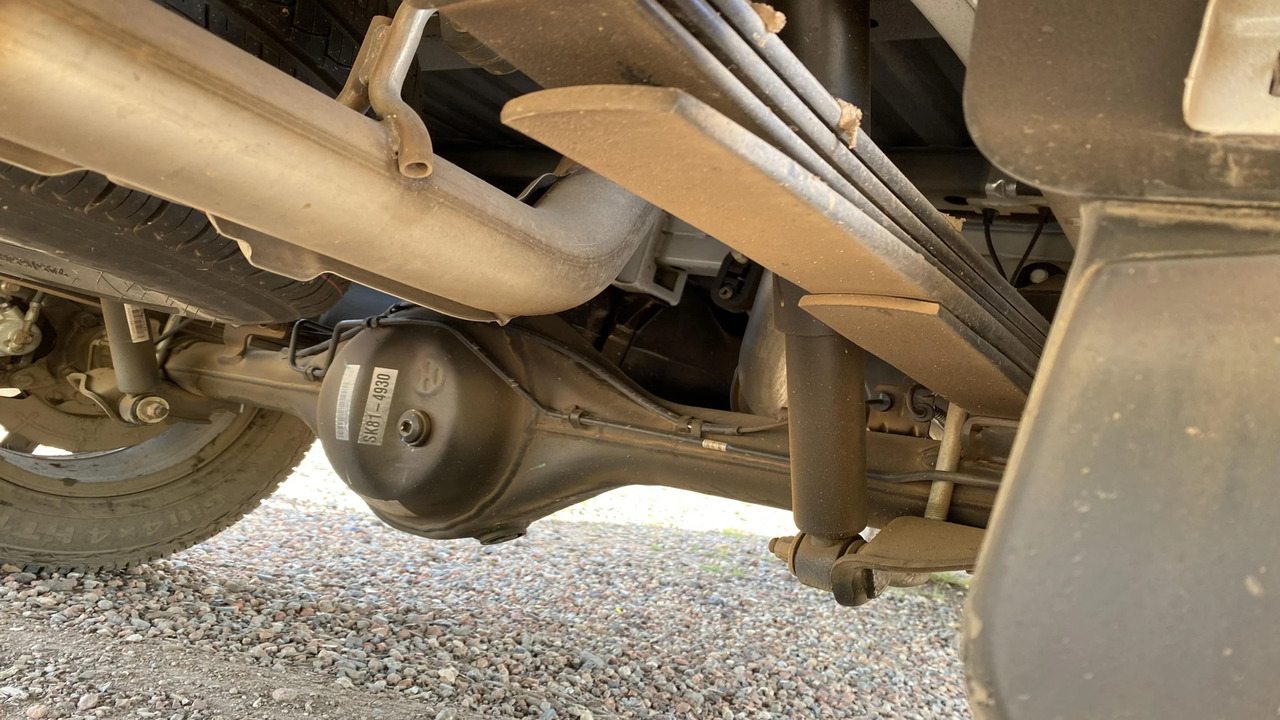
Signs:
- Visible rust spots or patches on the vehicle’s body or undercarriage.
- Flaking or bubbling paint, especially around seams or edges.
- Rust-coloured stains on the exterior or underside of the vehicle.
Causes:
- Exposure to moisture, such as rain, snow, or high humidity levels.
- Road salt and de-icing chemicals are used in winter climates.
- Scratches, dents, or chipped paint that expose bare metal to the elements.
- Poor drainage or water accumulation in hidden areas, like wheel wells or underbody crevices.
Solutions:
Regular Washing and Waxing:
- Wash the vehicle frequently to remove dirt, salt, and debris contributing to rust formation.
- Apply a layer of wax to protect the paint and provide a barrier against moisture.
Rust-Proof Coatings:
- Apply rust-proofing products to vulnerable areas, such as the undercarriage and wheel wells.
- These coatings create a protective barrier that prevents moisture and corrosive substances from reaching the metal surface.
Address Rust Spots Early:
- Inspect the vehicle regularly for signs of rust and address any spots promptly.
- Use sandpaper to remove surface rust, then apply a rust converter or primer to prevent further corrosion.
Appropriate Repairs:
- For more severe rust damage, seek professional repairs from a certified mechanic or auto body shop.
- Depending on the extent of the damage, repairs may involve sanding, welding, or replacing affected panels.
Preventative Maintenance:
- Maintain proper drainage by clearing debris from drain holes and channels.
- Park the vehicle in a covered garage or carport whenever possible to reduce exposure to the elements.
Conclusion
Facing challenges with your LDV T60 can be frustrating, but understanding the signs, causes, and solutions to these problems can help you navigate through them effectively. By being proactive and addressing these issues promptly, you can ensure the longevity and performance of your vehicle.
Remember, staying informed and seeking professional assistance when needed are key steps in maintaining your LDV T60 in top condition. So, equip yourself with the knowledge shared in this blog to tackle any hurdles that come your way with confidence and efficiency.
Frequently Asked Questions
1.How Much Does The Ldv T60 Cost In Australia?
The LDV T60 is available in various models, including the T60 Max, T60 Max Luxe, T60 Max Pro, and T60 Max Trailrider. The prices may vary depending on the model and specifications.
It is important to consider factors such as its utility as a dual cab, comparison with other vehicles like the Mitsubishi Triton or Land Rover, and potential repair costs due to potential poor quality or operating issues like limp mode. Additionally, features such as rear cross-traffic alert and tire pressures may impact the overall cost.
2.T60 Overheating And Shuts Down What Cooling Pad To Get?
When facing overheating issues in your LDV T60, it is crucial to consider various factors such as tire pressures, repair, and gear usage. Additionally, it might be beneficial to explore cooling pads to help address the overheating problem and prevent the vehicle from shutting down.
Furthermore, given that LDV is a Chinese vehicle brand, it is essential to ensure proper maintenance and address any poor quality concerns promptly to enhance the vehicle’s performance and prevent it from going into limp mode.
3.Who Makes The Ldv T60 Transmission?
The LDV T60 transmission is manufactured by Hyundai DYMOS,
4.Is The LDV T60 A Good Car?
The LDV T60 is a utility vehicle known for its various models like the T60 Max, T60 Max Luxe, and T60 Max Pro. Some features include the LDV Trailrider, manual and automatic transmissions, dual cab options, and rear cross-traffic alert.
However, concerns have been raised about poor quality, limp mode, and low speeds. It is important to consider factors like tire pressures, repairs, and the reputation of the LDV brand when evaluating this Chinese vehicle in comparison to models like the Mitsubishi Triton and Land Rover.
5.Is LDV Reliable?
LDV vehicles are known for their poor quality and reliability issues. Many LDV models, such as the T60 Max, T60 Max Luxe, and T60 Max Pro, have been reported to experience problems like entering limp mode, requiring frequent repairs, and exhibiting issues with their tire pressures.
The brand is often associated with Chinese vehicles and is considered less reliable compared to brands like Mitsubishi Triton or Land Rover. The Luxe model, while offering features like rear cross-traffic alert and manual or automatic transmission, may still face durability concerns, especially at low speeds.
6.Who Makes The LDV Engine?
SAIC Motor Corporation Limited, a Chinese automotive company, manufactures the LDV engine.
7.How Reliable Is The LDV T60 For Everyday Use?
The LDV T60 is known for its reliability and performance in everyday use. With features like the LDV T60 Max, T60 Max Luxe, T60 Max Pro, LDV T60 Trailrider, and many more, this utility vehicle offers a great driving experience.
However, some concerns have been about poor quality and the vehicle going into limp mode. Despite this, the LDV brand continues to compete with models like the Mitsubishi Triton and Land Rover.


